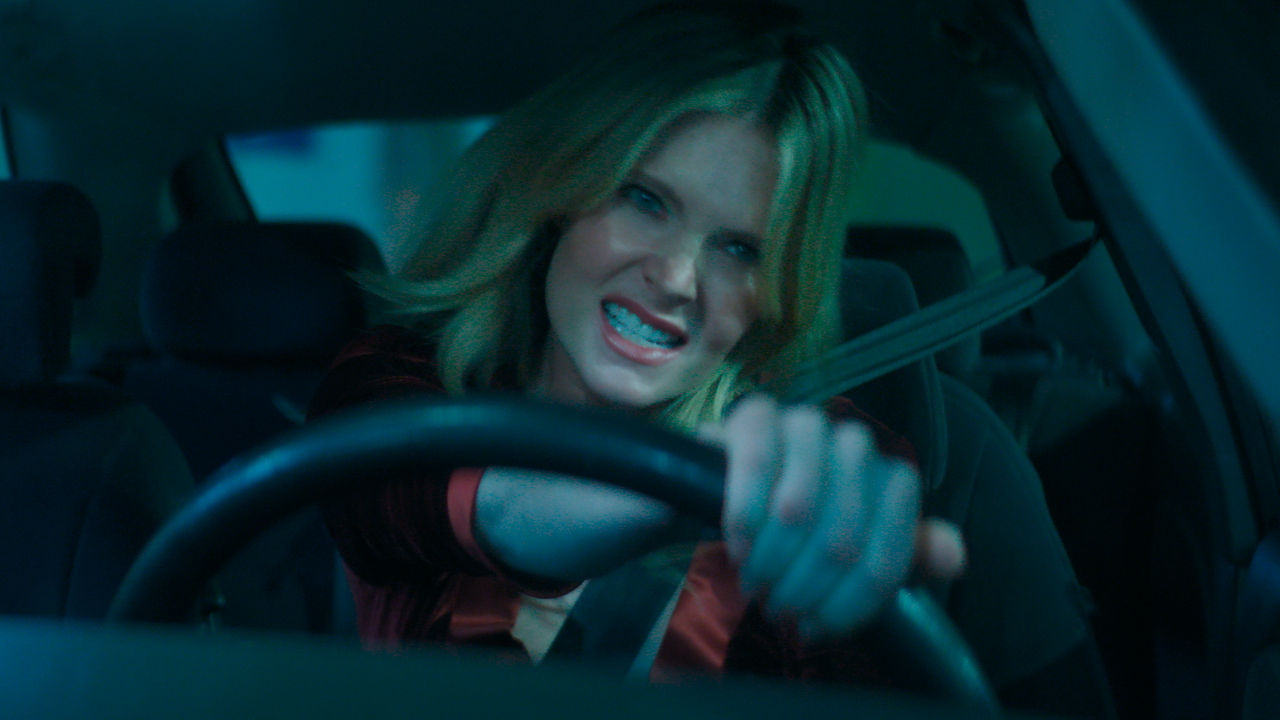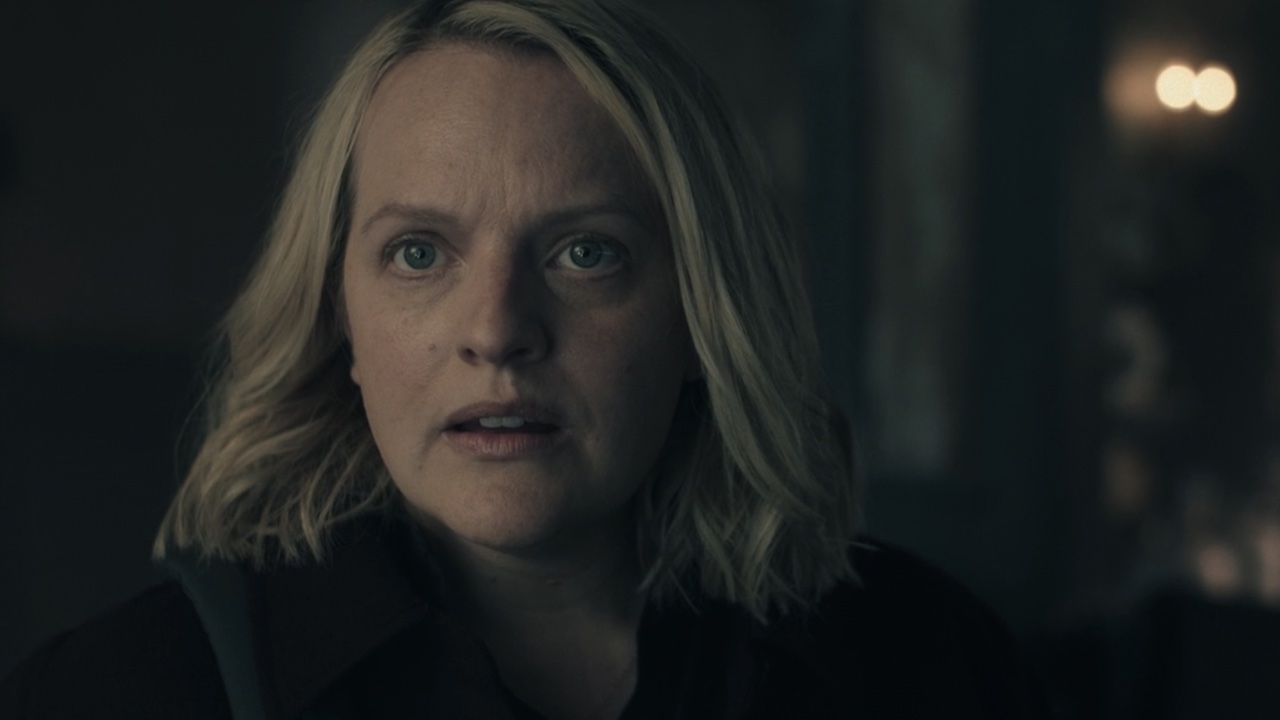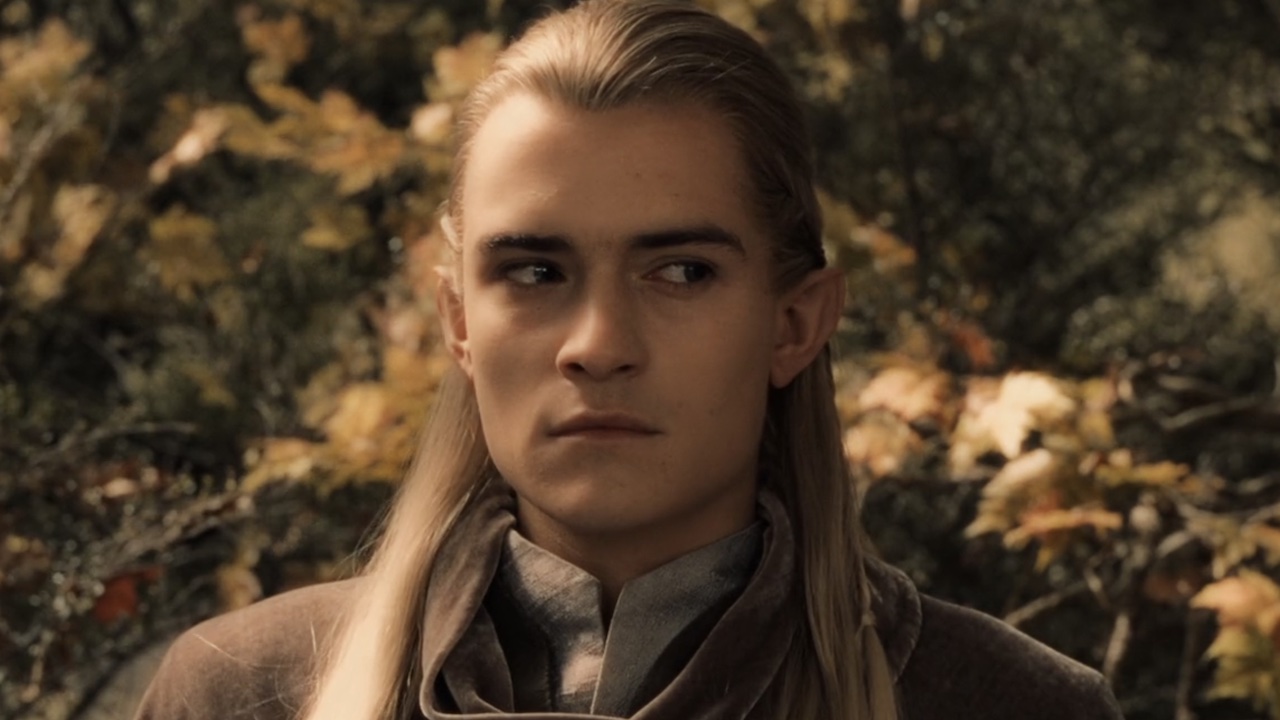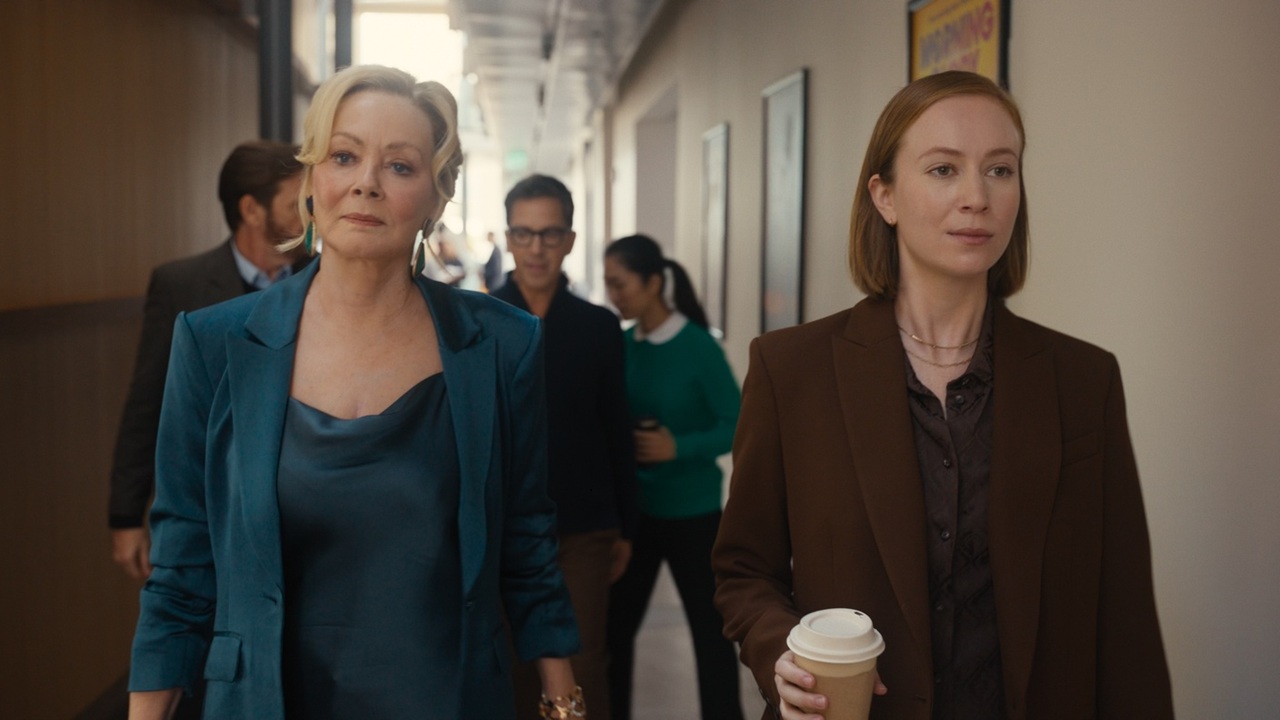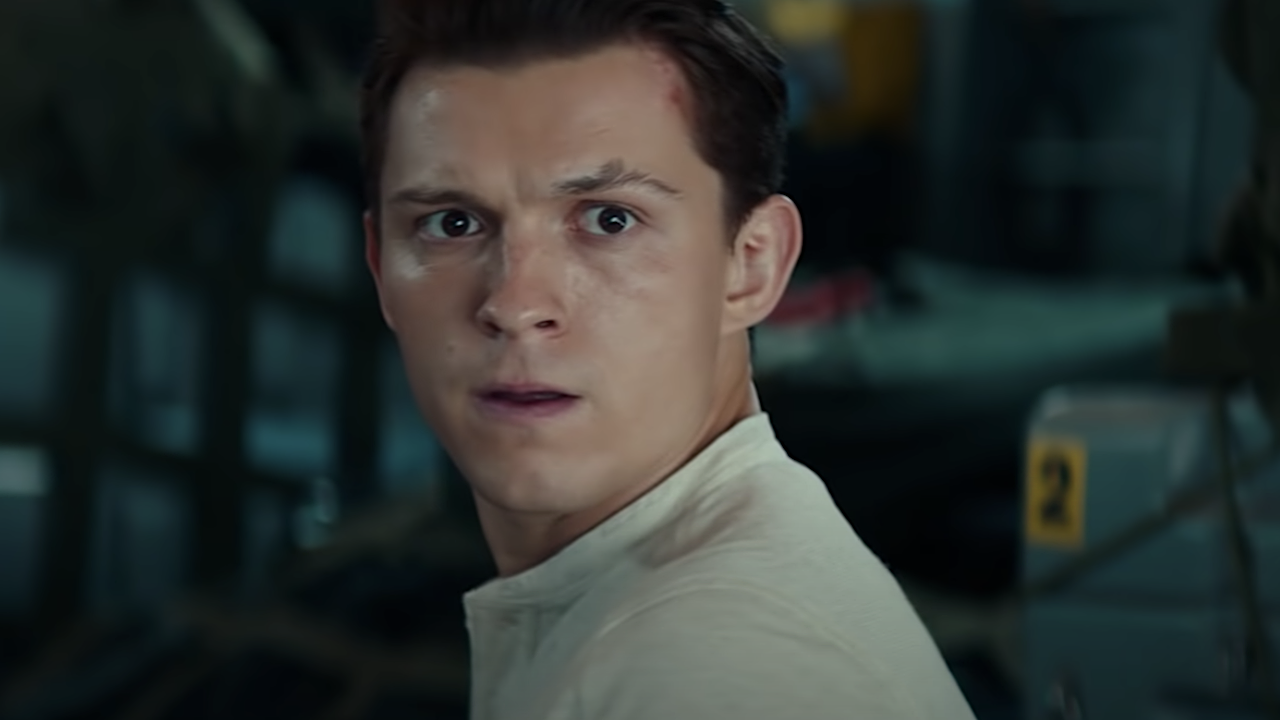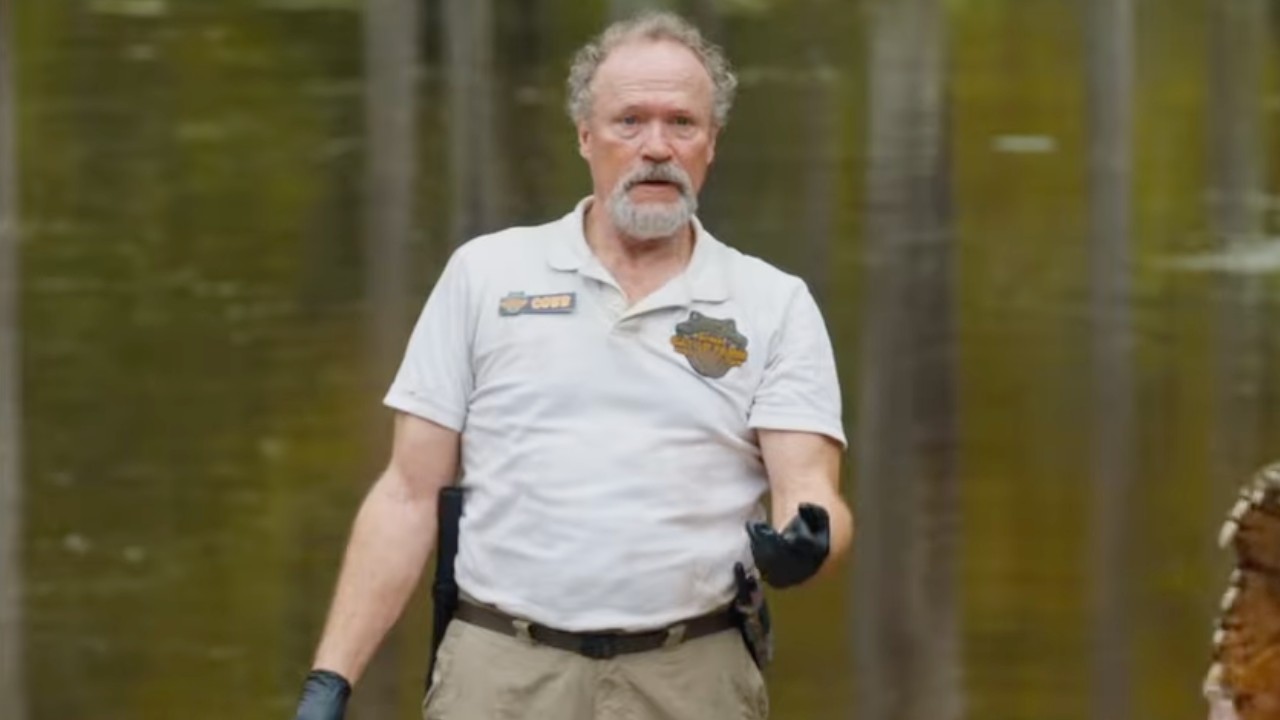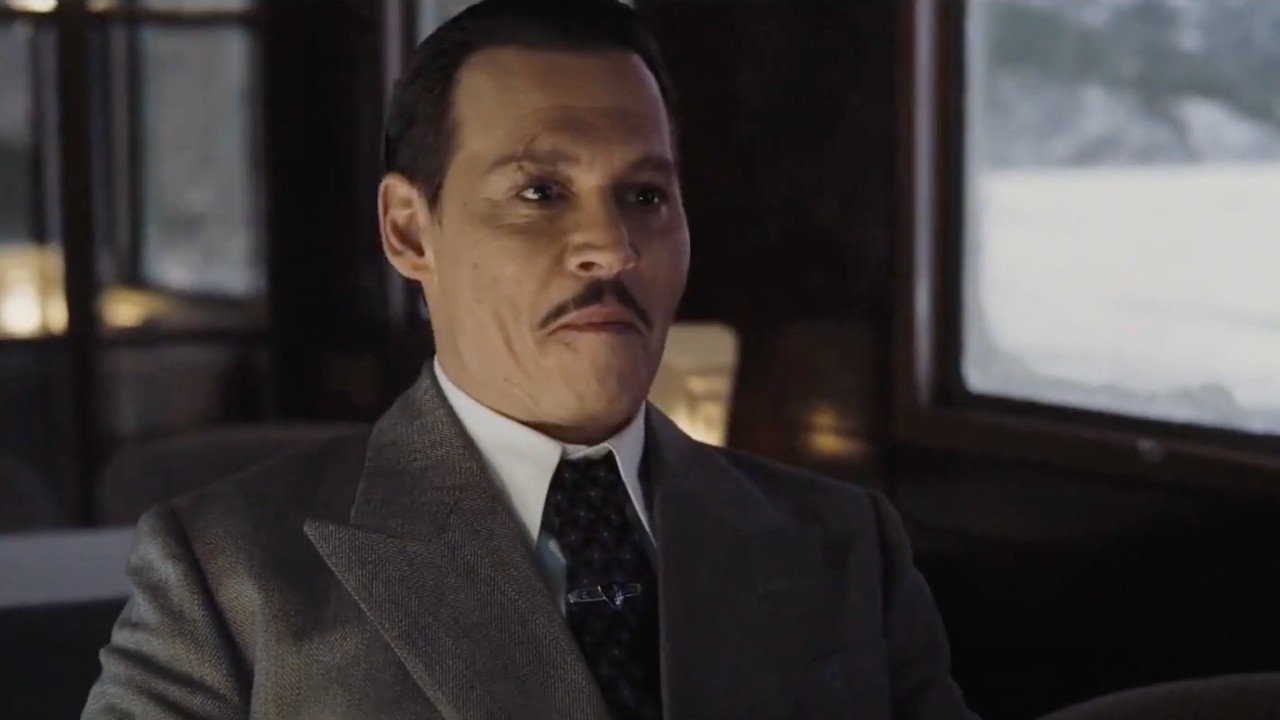Chernobyl: How Factually Accurate Was The HBO Show?
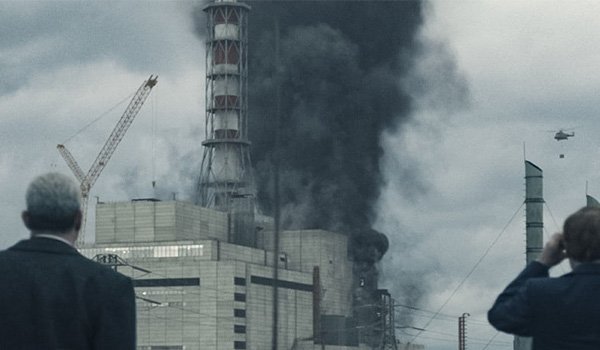
The HBO miniseries Chernobyl, which recently wrapped up its five-episode run, has been met with widespread acclaim and praise from critics and viewers. It is another feather in HBO’s cap and further proving the channel's claim that “it’s not TV, it’s HBO" with its TV shows.
In the wake of widespread cancellations after the Game Of Thrones finale, HBO has immediately proved that it still is going to putting out great content. From the production to the writing to the acting, it is unquestionably a great watch. But as with all drama based on a true story, how much the Chernobyl is historically accurate? Let’s take a deeper look.
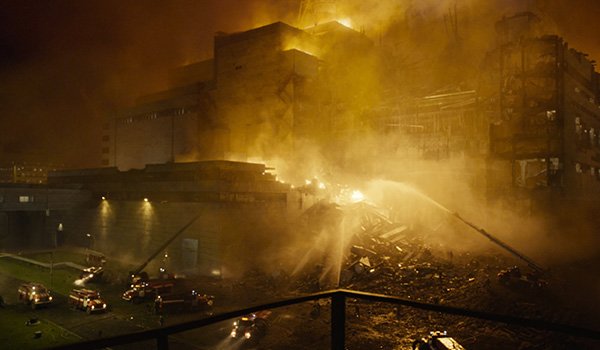
The Show Took Dramatic License
As with any historical depiction on film, writers and creators must make changes for the sake of drama, and Chernobyl was no different. In fact, it was more necessary for Chernobyl for one main reason: the show is based on a complicated scientific accident whose details would easily go beyond a layman’s understanding of how nuclear reactors and nuclear fission work.
Had Craig Mazin, the show’s creator, stuck with the exact story, the show would have been dry, complicated, and boring for most people. Luckily, the show is not and the dramatic license is used tastefully and respectfully. Mazin and the other producers did an amazing amount of research as the prepared to make the miniseries and it shows, but of course, not everything is 100% accurate.
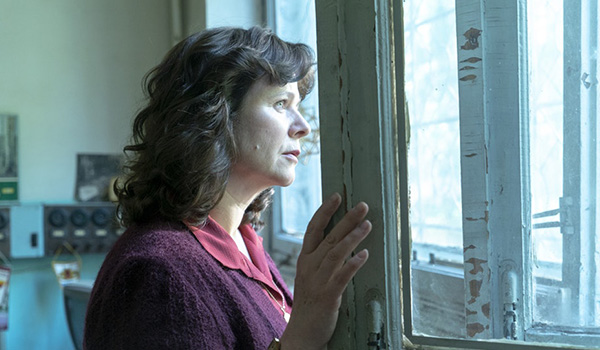
Emily Watson’s Character Is A Composite
Ulana Khomyuk, played by Emily Watson in Chernobyl, is not based on one real person, unlike most of the other main players in the story. Instead, Watson’s character is a composite of dozens of Soviet scientists who worked in Chernobyl in the aftermath of the accident. Many of those scientists, like Ulana in the show, were the first to speak out against the dangers that the reactors like the ones in Chernobyl were dangerous. Many of them were imprisoned for their outspokenness.
This is, of course, a common thing that happens in dramatic adaptations. It is far easier for audiences to follow one character than dozens and it provides a way for writers to keep the story succinct. The show does make it clear at the end of Episode 5, in the epilogue, that the character is a composite, saying:
“(Valery) Legasov was aided by dozens of scientists who worked tirelessly alongside him at Chernobyl. The character of Ulana Knomyuk was created to represent them all and honor their dedication and service to truth and humanity.”
That's a good message to include to set the record straight for all the Chernobyl viewers.
CINEMABLEND NEWSLETTER
Your Daily Blend of Entertainment News
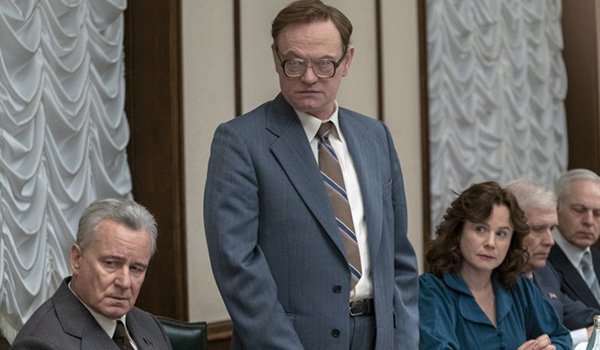
The Public Trial Depicted In Episode 5 Was Very Different In Real Life
Chernobyl concludes with a dramatic trial that mixes in flashbacks to the accident with audiences seeing the cause for the first time from inside the power plant. It’s a brilliant piece of storytelling and an excellent way to keep the cause a mystery until the conclusion. Alas, the trial is not exactly historically accurate.
There was a public trial and most of the facts of that trial are correct on the show, but there is some serious dramatic license taken here too. Most notably, Jared Harris’ character, Valery Legasov, was not actually at the trial and did not present the damning evidence that convicted the men responsible for the failed test that caused the explosion and meltdown. The truth is that Legosov presented his evidence at another time.
This is another case of the writers smartly keeping things clean and easy for audiences to understand the complicated nature of the trial and the very complicated scientific process that produces nuclear fission. By using a character that audiences were already familiar with to explain what happened in a very basic way, it was much easier to digest the information.
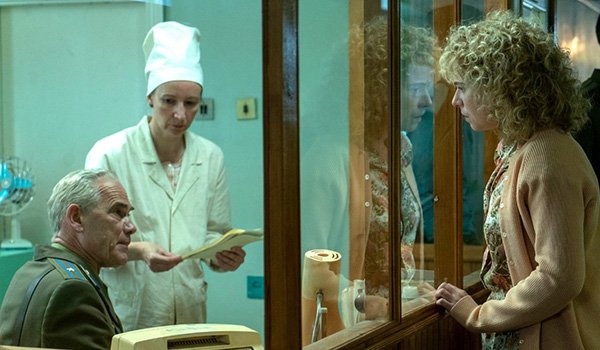
Radiation Is Not Contagious
One of the more frustrating aspects for doctors and scientist is the depiction of the people with radiation sickness in Chernobyl. This is most often shown in the scenes with the character Lyudmilla Ignatenko, played wonderfully by Jessie Buckley.
The first time audiences see this aspect is when Lyudmilla goes to the hospital to see her very sick husband, Pripyat firefighter Vasily Ignatenko, who is dying from severe radiation sickness. The nurses and doctors are adamant about her not seeing her husband for fear that she could be affected by the radiation. In reality, once all the radioactive clothing he was wearing was removed and his skin was washed, there is no serious radiation threat to those around them. People with radiation sickness are quarantined to protect the sick themselves, due to their severely weakened immune system, not to protect those that are not poisoned by the radiation.
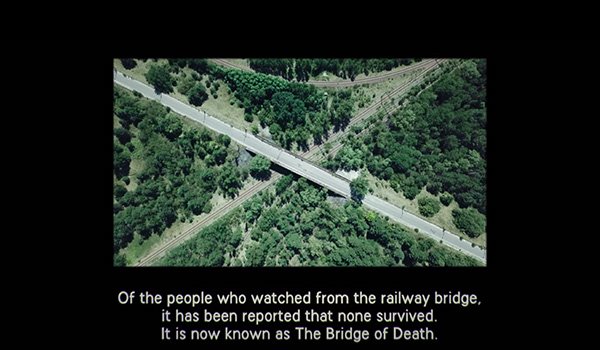
The Bridge Of Death Is An Urban Myth
Very early on in Episode 1 of Chernobyl, a scene shows many of the townspeople gathering on a railroad overpass to watch. At the end of Episode 5, in the epilogue, the show states “Of the people who watched from the railway bridge, it has been reported that none survived. It is now known as “The Bridge of Death.” The so-called Bridge Of Death has been a popular tourism spot, especially since the show aired, but the story is likely just an urban legend.
The details on the actual fatalities caused by the Chernobyl Nuclear Accident are legendarily unreliable. Soviet and Ukrainian records are notoriously poor and no one really knows how many people were affected by the radiation emitted during the accident, nor are there accurate studies showing the long-term effects, but there is significant evidence that the fallout has not been as deadly as it was anticipated to be, and it’s highly unlikely that everyone on the bridge was fatally affected.
This has been a frustrating bone of contention for critics of the show. Most of the artistic liberties taken by Chernobyl’s creators were cleaned up and explained in the epilogue, but this urban legend remained. It made for great drama in Episode 1, but should have been cleared up at the end.
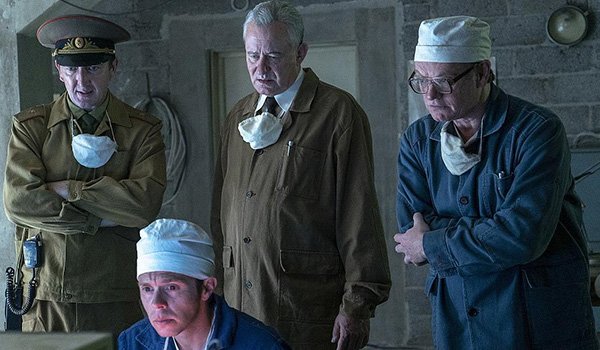
The Accents Are British, Not Russian
This was another conscious choice by Chernobyl’s creators. Rather than worry about the actors using accents that could be poorly done or hard to understand, they decided to just use the natural accents of the actors, for the most part.
This is also a smart decision, because everyone understands that this is a dramatic recreation and there is no reason to get bogged down in distracting accidents. This is quite common in everything from Shakespeare productions to modern productions like Chernobyl.
Chernobyl is a fantastic miniseries and it won’t be a surprise if it cleans up at the Emmy Awards in September. While there is a lot of dramatic license taken, as to be expected, the creators also took great pains to make sure that most of the basic facts of the nuclear accident at Chernobyl are historically accurate and for that they deserve a lot of credit.
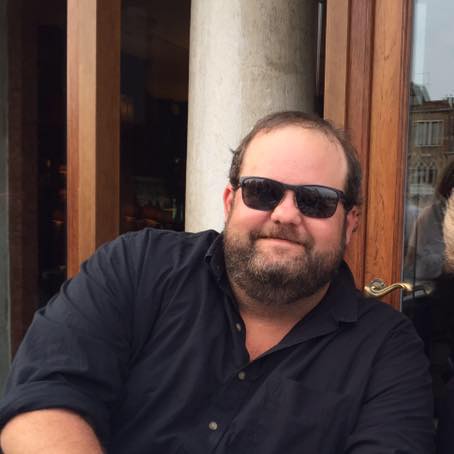
Hugh Scott is the Syndication Editor for CinemaBlend. Before CinemaBlend, he was the managing editor for Suggest.com and Gossipcop.com, covering celebrity news and debunking false gossip. He has been in the publishing industry for almost two decades, covering pop culture – movies and TV shows, especially – with a keen interest and love for Gen X culture, the older influences on it, and what it has since inspired. He graduated from Boston University with a degree in Political Science but cured himself of the desire to be a politician almost immediately after graduation.
